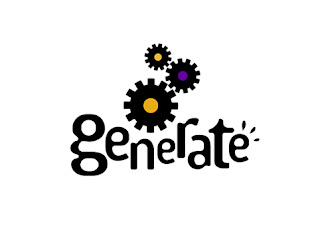Microsoft Edge supports Selenium WebDriver

Good news for the test automation folks! In another developer-friendly move, Microsoft announces that its new Edge browser supports the WebDriver automated testing technology. Microsoft may be distancing its new Edge browser from Internet Explorer (IE) and its contentious past, but it is inheriting at least some developer features. In addition to an improved set of F12 tools , the company announced that Edge supports WebDriver, an emerging automated site-testing standard from the World Wide Web Consortium (W3C). Windows Insiders, members of Microsoft's beta program, can test the functionality in build 10240 or newer. The company first added WebDriver support to IE 11 a year ago. The use of WebDriver with Edge requires running Microsoft WebDriver server software with Microsoft Edge on Windows 10 (build 10240 and above). Microsoft halted downloads of the server after a "publishing issue" cropped up, but the company hopes to restore the software later toda...




